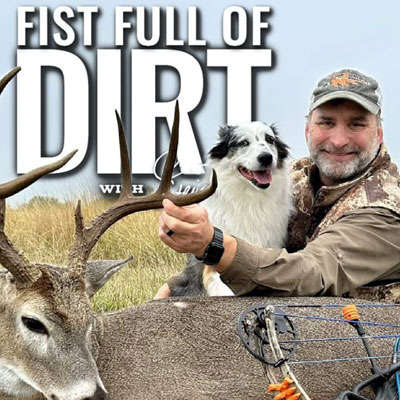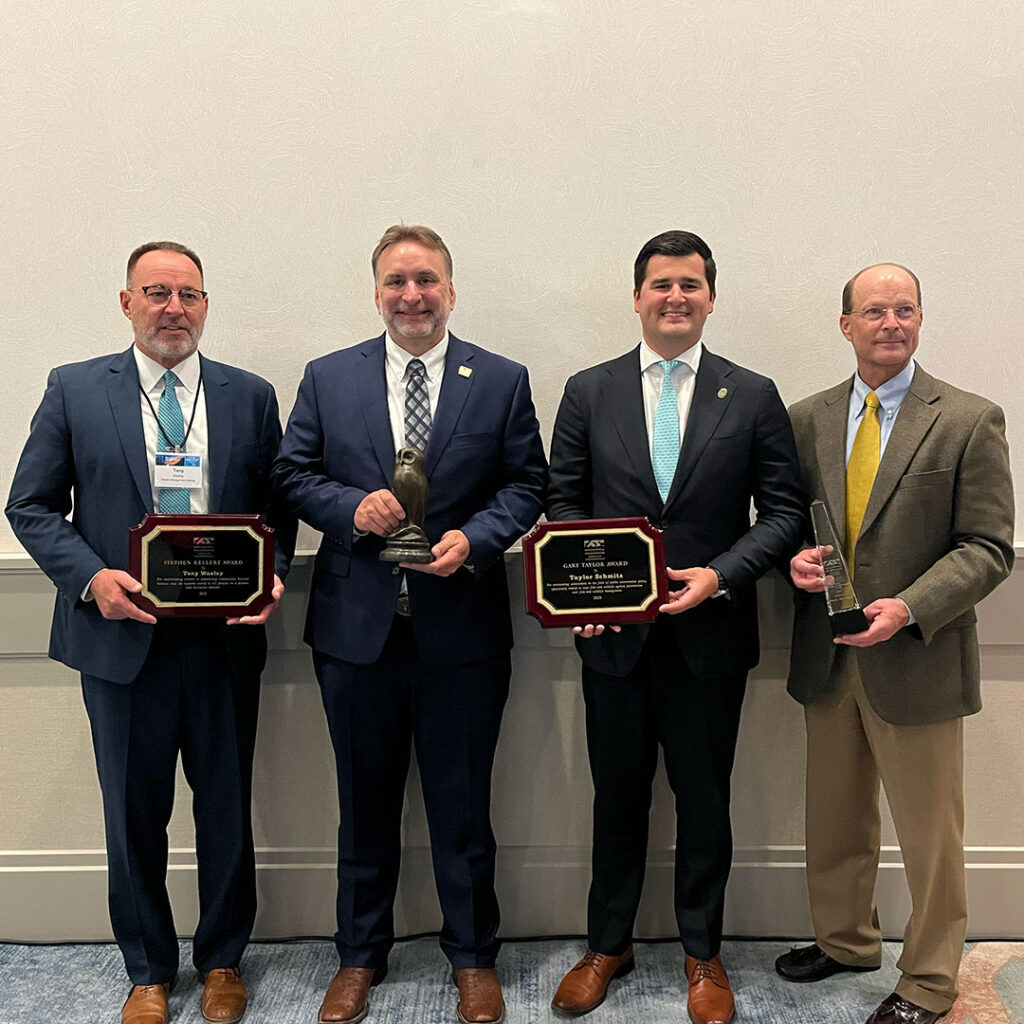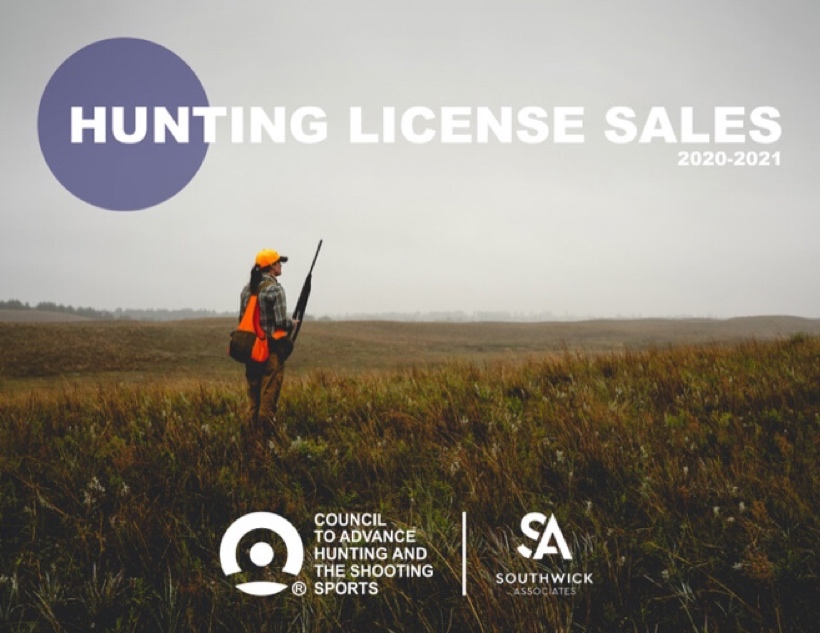Hunting License Sales 2020-2021
The Council to Advance Hunting and the Shooting Sports initiated a study, titled “COVID-19 and Hunting License Sales,” in early 2021 to investigate how hunters’ rates of purchasing licenses changed during the COVID-19 pandemic. That study found that, of the 40 reported states, there was an overall increase in hunting license sales of 4.9% from 2019 to 2020.
As the pandemic stretched into a second year, 2021 saw an easing of “lockdowns” in most states. But as hunting season began across the U.S., a more contagious strain of the virus struck in the form of the Delta variant. Despite this, Americans’ demands for outdoor recreation and escape remained high, especially among nonresident hunting license buyers. To continue monitoring the pandemic’s impact, the Council revisited this study in early 2022 to identify ongoing changes and emerging trends in hunters’ rates of license purchases.
Working with Southwick Associates, the Council collected monthly resident and nonresident hunting license sales data from 46 state wildlife agencies to quantify and compare 2021 trends to 2020.
Among the 46 reporting states:
- Overall, hunting license sales decreased by approximately 1.9% in 2021 compared to 2020.
- Resident license sales were down 4.0%.
- Nonresident license sales increased by 12.9%.
- 17 of 46 states saw an overall increase in the number of licenses sold in 2021 compared to 2020.
- License sales were down overall in each of the four geographical regions (Northeast, Southeast, Midwest and West), with percentages ranging from -1.0 to -2.4%.
- While 2021 license sales were slightly down overall, sales increased in three of the first four months compared to 2020, suggesting the pandemic may have encouraged many hunters to plan ahead earlier than normal.
While there was a decrease in resident hunting license purchases in 2021, the surge in nonresident license sales blunted the overall effect, resulting in sales that were still higher than pre-pandemic 2019 levels. The Council will continue to work with the hunting community to expand and improve recruitment, retention, and reactivation (R3) efforts to ensure a stronger future for hunting.
NEWs & Events

Two-Part Series Explores the Future of Hunting and Shooting Sports

First Full of Dirt Podcast: From Bent Creek to the Big Picture ~ Chuck Sykes on the Future of Hunting (Part II)

First Full of Dirt Podcast: From Bent Creek to the Big Picture ~ Chuck Sykes on the Future of Hunting (Part I)





 massmonopoly
massmonopoly R3 PRACTITIONER’S GUIDE
R3 PRACTITIONER’S GUIDE